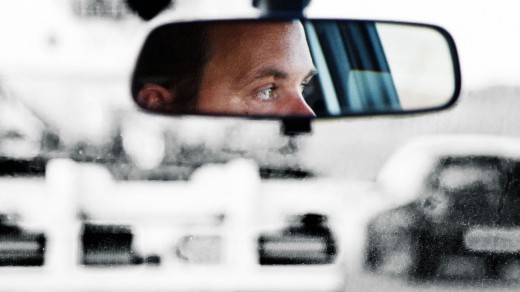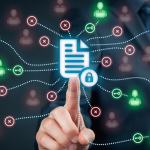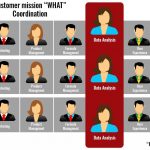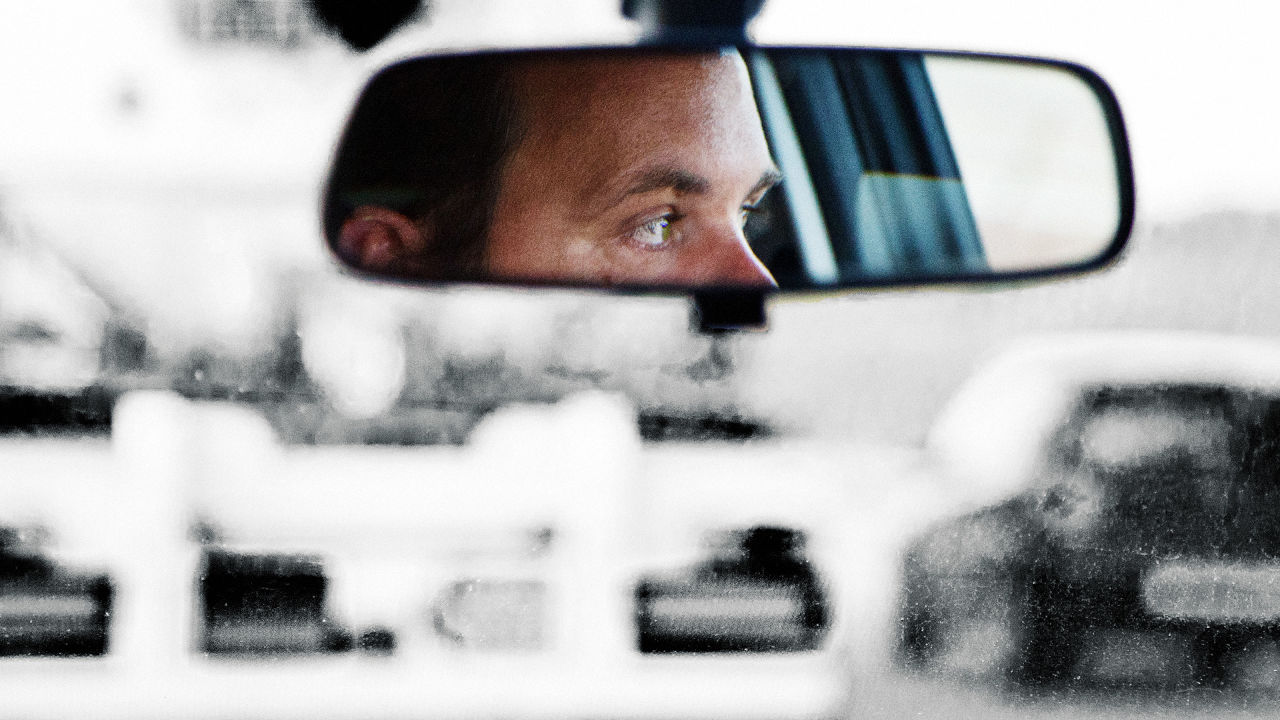What 1 Billion Miles Of Driver knowledge Tells Us About How We force
insurance coverage corporations are using information to take a look at to form driver conduct and cut back accidents—this is what they’ve discovered to this point.
April 6, 2015
whereas cruising down the highway may feel to a driver like a solitary job, automobiles are extra connected than ever. lots of of thousands and thousands of drivers worldwide use services like Waze that log how briskly you’re riding and where you cease. in the event you reside in the us and use an insurance service like progressive or Metromile, the percentages are excellent you’ve a bit of software that plugs into your dashboard that logs and shares details about how much gasoline you guzzle, when your automotive is stuck in site visitors, and how your car’s insides are protecting up.
Now LexisNexis, one of the crucial world’s biggest information aggregators (and an organization that makes hefty earnings working with insurance coverage companies) is inspecting a collective a thousand million miles of data using and has identified some major developments: feminine drivers are higher drivers than men, you could determine which individuals are possibly to speed, and tough accelerating, braking, dead night using, and rushing are the main precursors to site visitors accidents.
“We checked out a billion miles of using, and the claims that go together with it,” LexisNexis’s senior vice chairman of auto and home insurance coverage Ash Hassib informed quick firm. “you should see velocity events, time of day driving, and difficult braking occasions. The goal of that is for corporations to try to compare declare history with driving knowledge. in case you pressure like this, you’re twice as likely to file a declare.”
last 12 months, LexisNexis risk solutions received a company named Wunelli that helps insurance coverage corporations mine information from vehicles through smartphones and dashboard units. LexisNexis and Wunelli work with insurers around the world during the telematics integration course of, and in addition take care of the information they accumulate. the corporate commenced logging mile-by means of-mile good-automotive data beginning in approximately 2008. In March, they reached the aggregated a billion miles of information amassed from their insurance clients’ shoppers.
Hassib expects the sort of logging to turn into common in the insurance company over the following decade. an important part of it, he says, is the use of in-car smartphones and the rush with the aid of automakers to combine 4G antennas into their newest fashions. whereas plug-in telematics gadgets by means of insurers like innovative and Metromile (who aren’t LexisNexis purchasers) and “Fitbit for car” products like Mojio require buying a separate product and may sometimes be a bother to plug in, iPhones and Androids are at the moment much more helpful for insurance firms. whereas their sensors aren’t as sophisticated, they’re already in the automobile and have already got powerful accelerometers, GPS tagging, and different performance… in short, it’s loads more cost-effective for insurance coverage R&D divisions to make use of smartphones instead of plug-in units.
insurance firms are tracking your every flip both to economize and build higher possibility fashions, Hassib informed me. “Motor vehicle records only exhibit whilst you’re caught,” however telematics gadgets and smartphone apps are a “steady monitoring device that assesses, nonstop, how drivers are doing.” with a purpose to construct usable possibility fashions, he added, they need information from as a minimum 30,000-40,000 “earned car years,” a measure of possibility utilized by insurance corporations. One earned automotive yr approximately equals twelve months of riding on an insured automotive. otherwise, the data isn’t dependable and the sample measurement is just too small.
One product Hassib and LexisNexis are particularly proud of used to be made for an Australian client, the insurance coverage agency AAMI. AAMI launched a secure Driver App that makes use of sensors inside of Androids and iPhones to track aggregated data about driving velocity, braking habits, acceleration fashion, fatigue, and—crucially—whether or not drivers use Bluetooth in transit to use their cellphone, or play with the handset as they pressure. Drivers—who consent to show over the data once they use the app—then get to see their ranking rated on a scale of 0-a hundred (with high-scoring drivers being told they’re “Smoother than Barry White”).
the data LexisNexis and their opponents acquire isn’t excellent. One problem Hassib’s workforce offers with incessantly is cleansing information from Android phones—the process to cleanse data from a Samsung phone is far totally different than that of a LG, for example. Cell tower triangulation is also a subject matter: Weaker indicators in rural areas mean much less high quality information. For insurers, having dense 4G networks is a necessity.
For drivers who want to steer clear of being data-mined, the answers are twofold: Use an old style map or written directions as an alternative of a smartphone app for navigation, steer clear of telematics plug-ins, and pressure an older used automobile with less digital integration. meanwhile, each auto corporations and insurers are planning on making attractive deals designed to get drivers to comply with monitoring: related vehicles have sweets like Pandora on the dashboard or Netflix within the backseat for the youngsters, and insurers will provide steep reductions in trade for get right of entry to to automobile telematics.
Correction: An prior version of this text incorrectly said the date of Wunelli’s acquisition. It was in 2014.
(246)














